
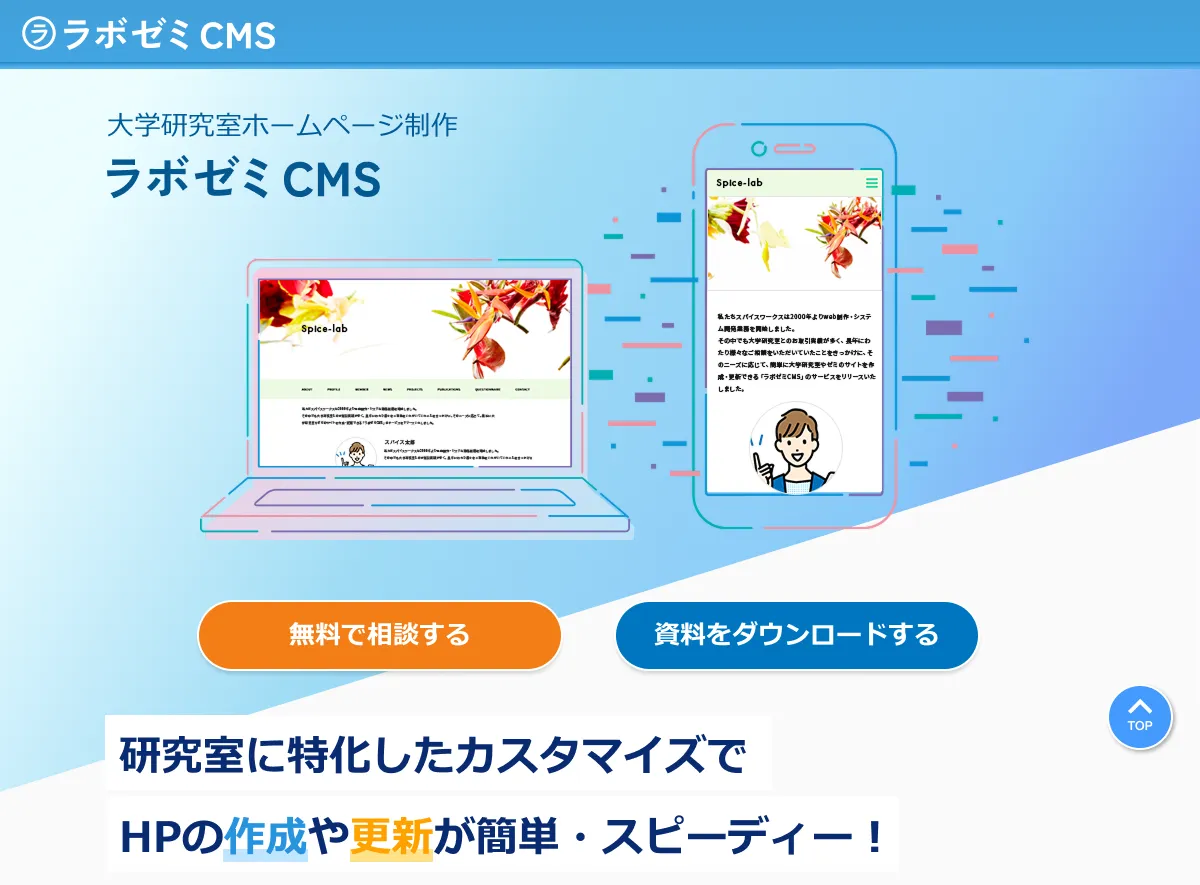
Analyzing University Laboratory Websites: Trends and Insights from 100 Research Labs
Comprehensive Analysis of University Laboratory Websites
The university research lab website creation service "LabZemiCMS," operated by SpiceWorks, led by CEO Seiji Sekine, has conducted an extensive survey of 100 university laboratory websites. The purpose of this investigation was to analyze essential content, website structure, and potential areas for improvement to better support research labs in enhancing their online presence. The findings serve as practical insights for university communications and web management teams focused on increasing visibility, recruiting students, and strengthening external communication.
Background
SpiceWorks has over 20 years of experience in supporting system development within the field of educational technology. This extensive background has led to numerous queries from faculty members regarding website production for their laboratories. Responding to this demand, the LabZemiCMS service was developed to facilitate the building and management of laboratory websites.
This project emerged from the belief that understanding the essential information needed for lab websites is critical. By examining 100 laboratory sites from across the country, we aimed to visualize the current state of information dissemination and potential directions for improvement.
Approach to the Survey
The survey was conducted using various keywords such as "university laboratory website," "lab," and "lab homepage" on Google, randomly extracting 100 sites from the top search results. We excluded laboratory introduction pages that utilized standard formats from the universities and focused exclusively on independently operated laboratory websites. The survey was meticulously carried out by human analysts between December 2024 and February 2025.
In total, we reviewed more than ten criteria, including the type of content featured, social media integration, mobile responsiveness, and the presence of a content management system (CMS). Our goal was to understand how information is being communicated at the lab level, independent of university or departmental policies, and how existing labs are adapting to the contemporary web environment.
Top 10 Popular Content Categories
One striking finding from the survey was that the quintessential content type for laboratory websites is "research content," represented by an impressive 97% of sites. Almost all of the examined websites included an introduction to their research areas or themes. Following closely was "member introduction" at 90%, "News" (82%), "research achievements" (67%), and "access" (61%). In addition to these fundamental pieces of information, other critical information such as "education and lectures," "guidance for prospective students," and "blogs" were also highlighted, demonstrating a clear awareness of student recruitment.
Some websites even utilized video content to visually communicate their research topics effectively, demonstrating an innovative approach to presenting complex information.
Social Media Integration
Regarding social media integration, only 46% of laboratory websites had linked their sites to social media. This statistic indicates that over half of the laboratory sites lack such integration. Among those that do, YouTube emerged as the most popular platform for disseminating information, utilized by 32% of laboratories for research introductions and lecture recordings. Videos not only increase the time users spend on a website but are also effective in elucidating research themes and enhancing visual appeal. Thus, future engagement through platforms like YouTube, X (formerly Twitter), and Instagram will likely be crucial for laboratory branding.
Content Volume and User Experience Issues
The average number of content pages per site hovered around eight. Approximately 80% of the sites featured between seven and eleven distinct pieces of content, indicating successful organization of necessary information. However, nearly 20% of the sites contained only four to five pages, hinting at potentially critical information gaps. As laboratory websites are fundamental for showing research outcomes and attracting students, enhancing information design and user experience is essential.
Technical Readiness for Modern Requirements
Our survey also examined the technological preparedness of laboratory websites. Alarmingly, 23% of sites were not mobile-friendly, while 12% did not employ SSL encryption (https). These findings illustrate that improvements in necessary technical aspects are lagging in some domains.
A comprehensive checklist was established that addressed nine key criteria for operational efficiency and security, including mobile responsiveness, SSL implementation, CMS presence, and Google Analytics setup. The absence of these basic prerequisites can significantly affect the credibility of the information presented, the site's user experience, and its search engine optimization.
Conclusion
The data from this research serves as a valuable resource for laboratory websites looking to improve their editorial practices and engagement strategies. The findings affirm the need for structured approaches to information dissemination within university laboratories. For those interested in a thorough examination of these findings, additional details can be found in the downloadable report available at this link.
About LabZemiCMS
LabZemiCMS is a specialized website creation service for university laboratories, providing essential features like research information, achievements, member introductions, and more, all delivered within one month. Developed on a WordPress-based system, LabZemiCMS allows lab members, even without technical expertise, to easily update their information. The service supports mobile optimization, SSL, and multilingual deployment, facilitating communication to students, research institutions, government bodies, and media entities both domestically and internationally.
For more information about LabZemiCMS or to download the study, visit the official site at LabZemiCMS official site.
Company Overview
Company Name: SpiceWorks Inc.
Location: 6-6-2 Kojimachi, Chiyoda, Tokyo
CEO: Seiji Sekine
Website: SpiceWorks
Business Focus: Website production, CMS development, UI/UX design, educational technology support for universities and educational institutions.
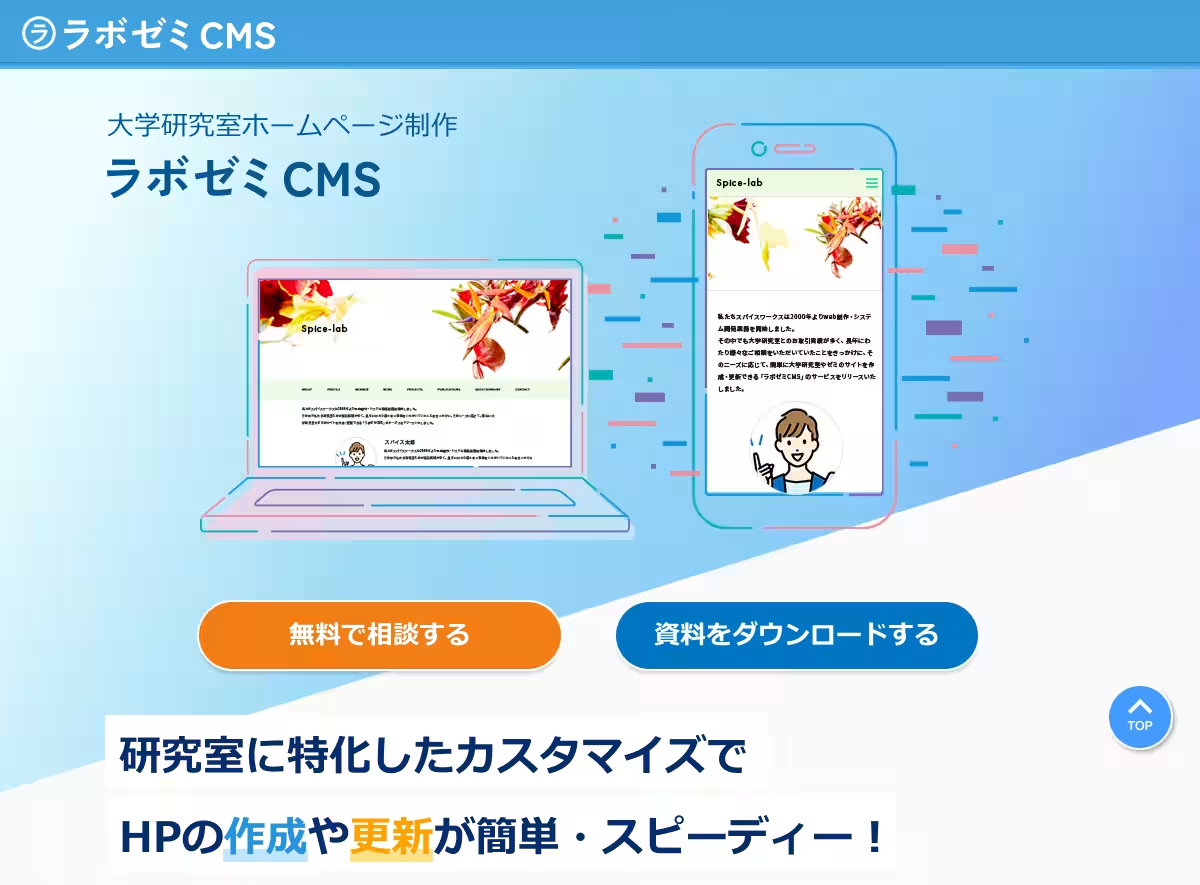
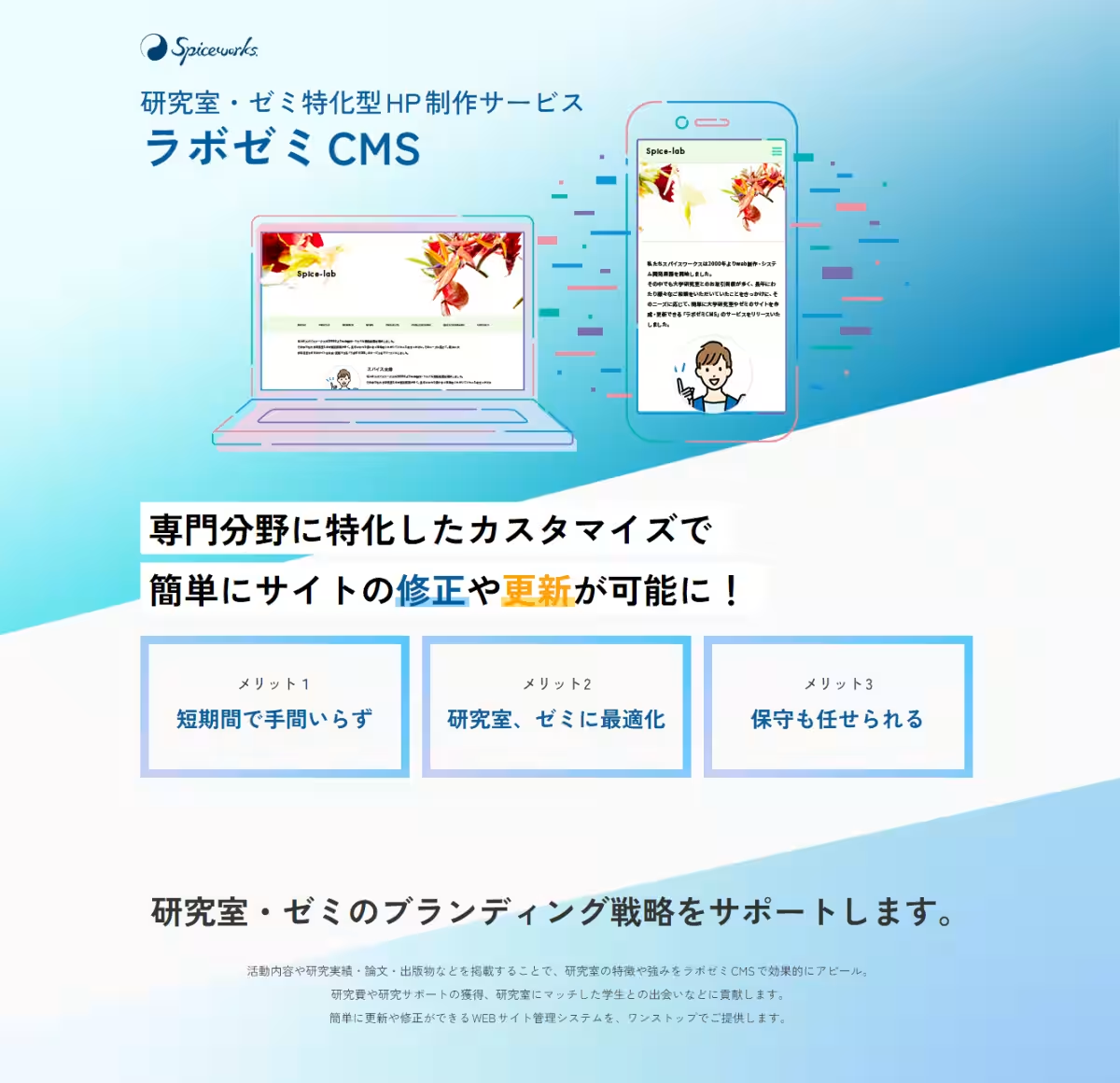

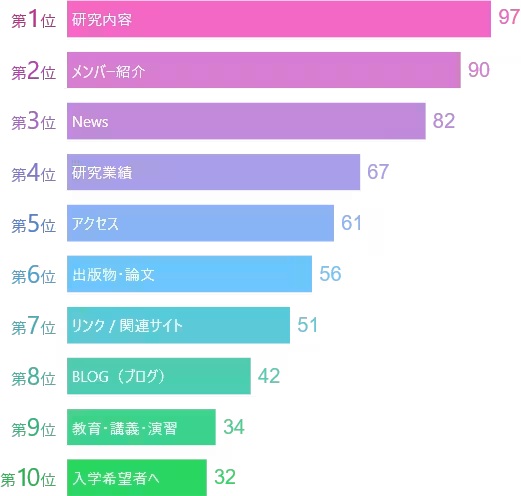
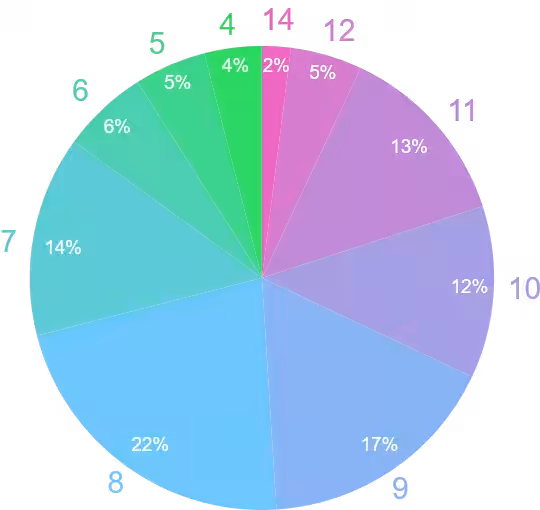

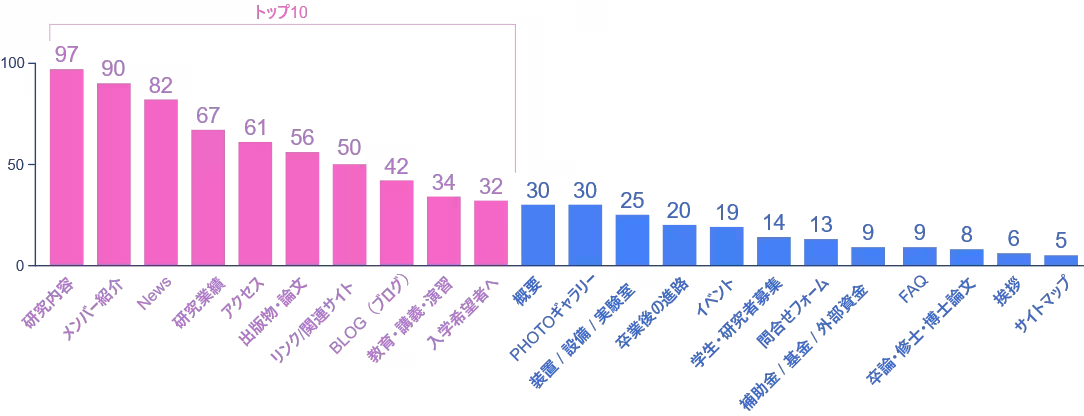

Topics Consumer Technology)










【About Using Articles】
You can freely use the title and article content by linking to the page where the article is posted.
※ Images cannot be used.
【About Links】
Links are free to use.